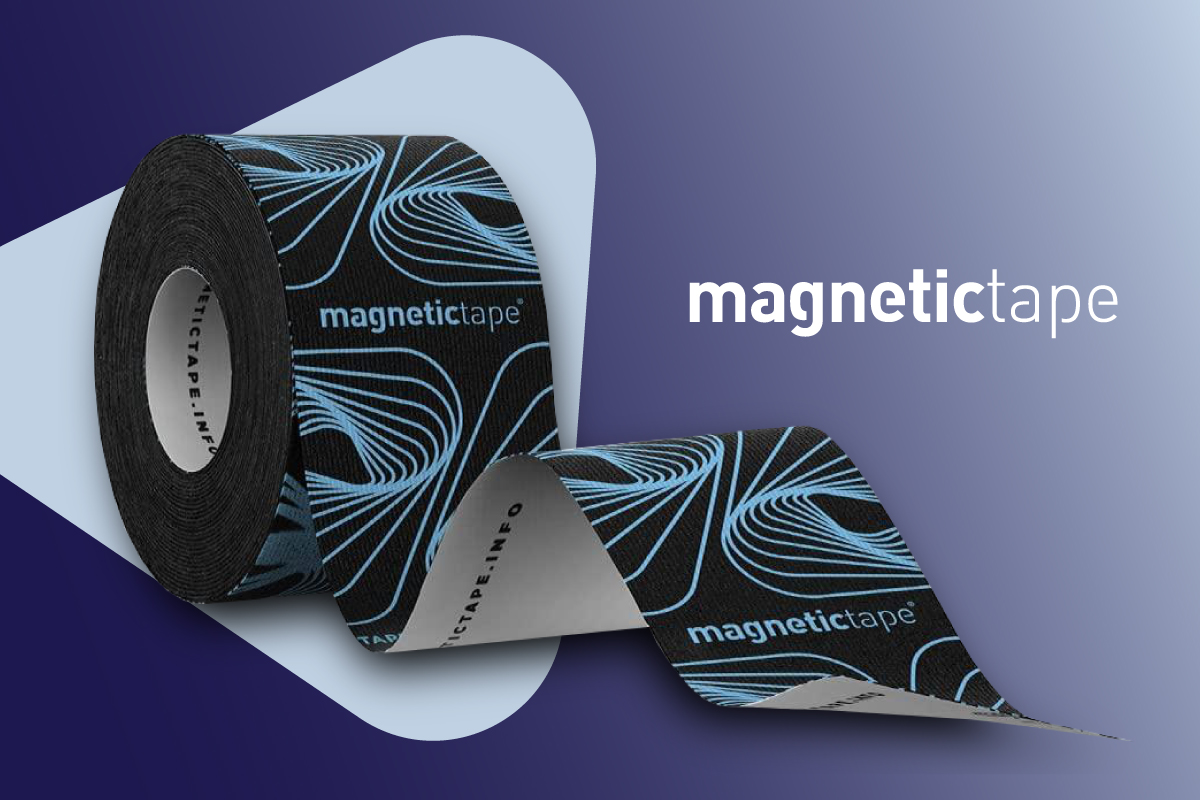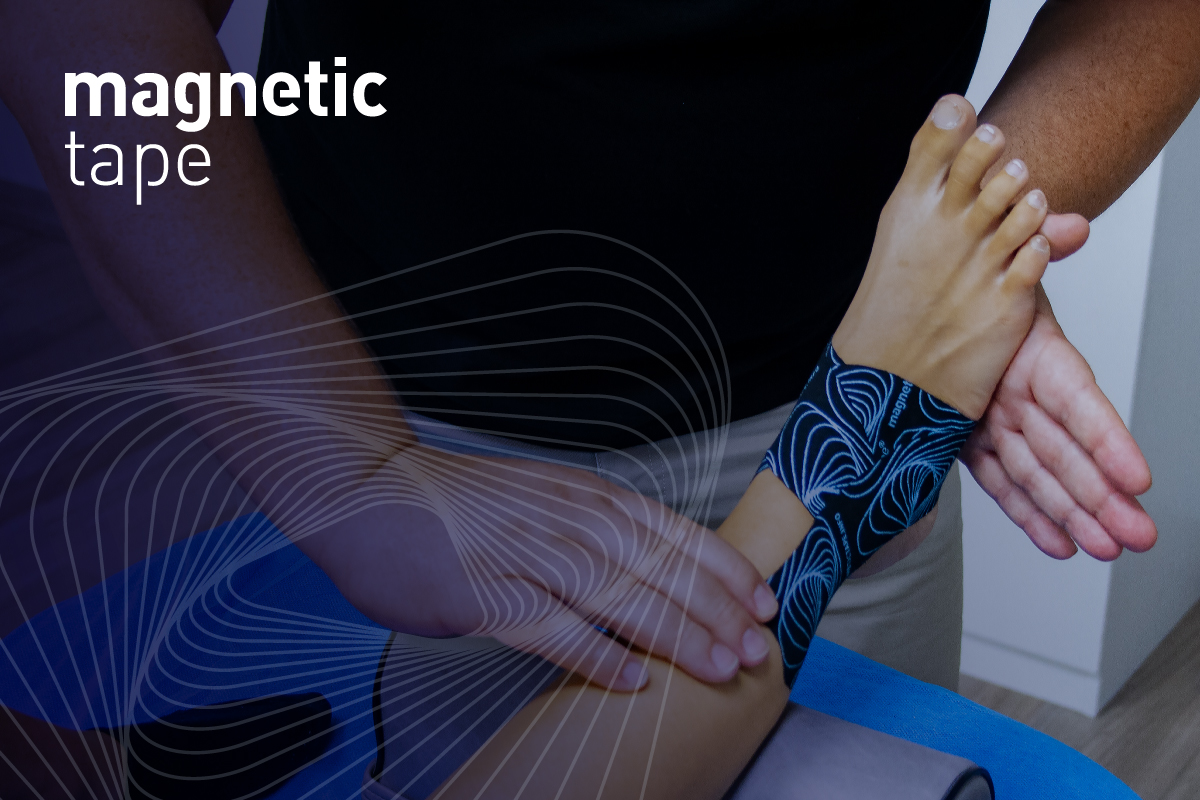The technology behind Magnetic Tape has revolutionized the use of physical therapy tapes, integrating magnetic properties to enhance treatments and improve clinical outcomes. In this article, we explore how superficial neuromodulation helps physical therapists and patients achieve faster and more effective recovery.
Magnetic Tape’s superficial neuromodulation system is what sets it apart from other physical therapy tapes. This technology not only provides resistance, but also modulates perceived pain and the autonomic nervous system. By regulating the sympathetic-parasympathetic balance, Magnetic Tape reduces stress and associated pain, particularly spinal pain.
In addition to its effect on the ANS, Magnetic Tape immediately improves neuromuscular activation, increasing maximum and average muscle strength in μV when performing isometric efforts. This translates into faster and more effective recovery in patients with muscle injuries or ailments. Its impact on flexibility is also noteworthy, where it has been shown to significantly improve range of motion, especially in the hip and ankle.
Magnetic Tape is redefining the approach to modern physical therapy by incorporating superficial neuromodulation properties. Thanks to its ability to reduce pain, improve muscle strength, and optimize flexibility, this technology is a key ally in physical recovery and overall well-being.


